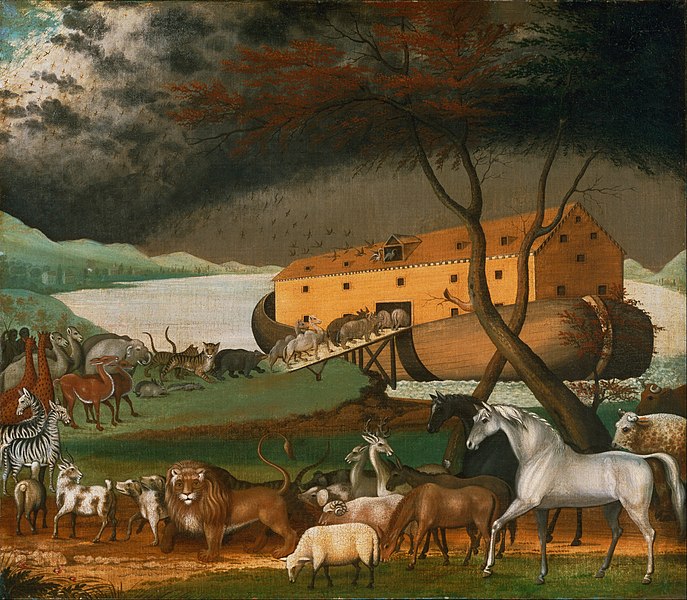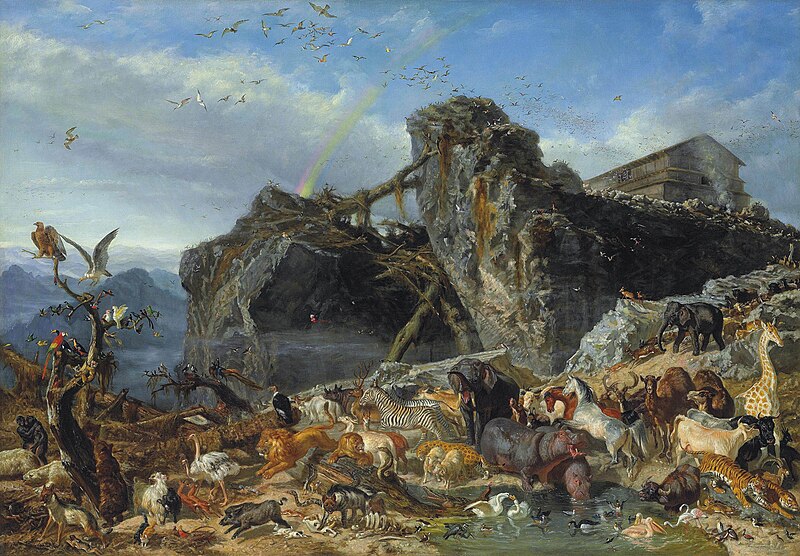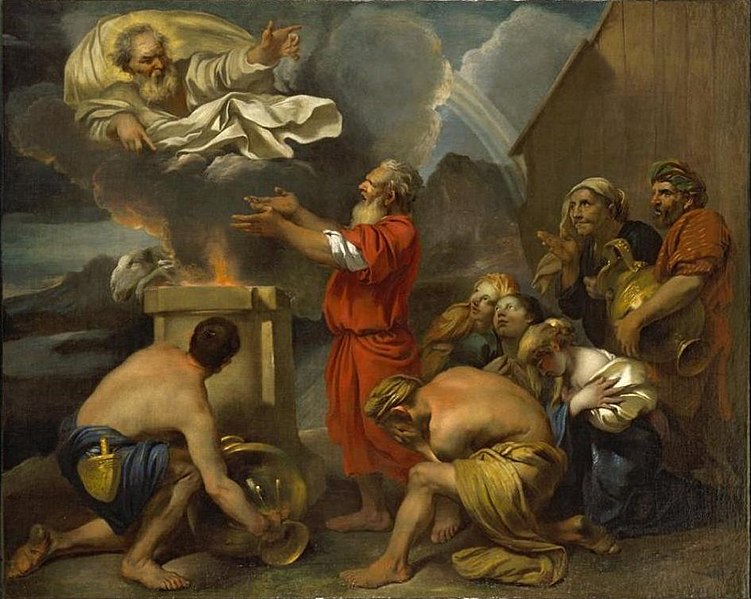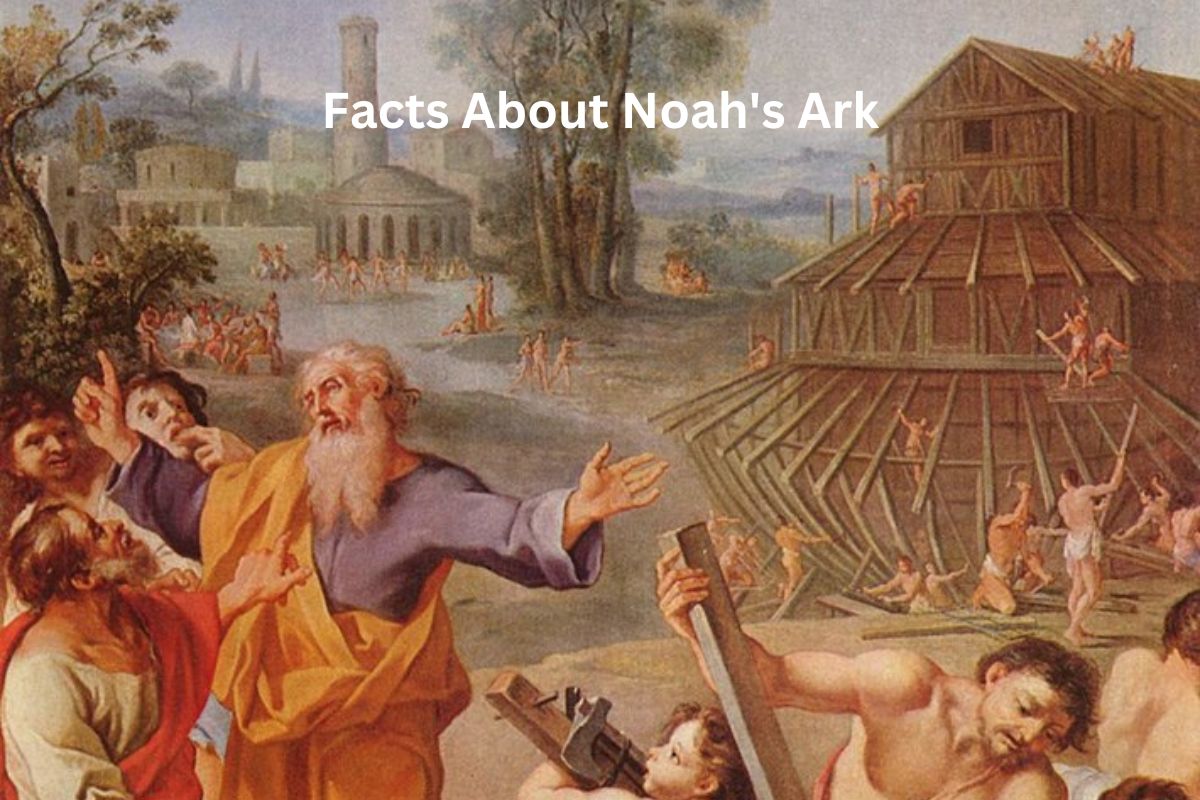Noah’s Ark is a well-known biblical narrative found in the Book of Genesis, chapters 6-9.
It tells the story of Noah, a righteous man chosen by God to build a massive Ark to save his family and pairs of animals from a global flood.
This story holds deep religious significance and has been a subject of fascination, interpretation, and debate for centuries.
Here, we’ll explore key facts and aspects related to Noah’s Ark to gain a better understanding of this ancient tale.
Noah’s Ark Facts
1. Biblical Account
The story of Noah’s Ark is a central narrative in the Bible, specifically in the Book of Genesis, chapters 6-9.
It is part of the larger account of the early history of humanity, focusing on the period before and after a catastrophic flood.

2. Noah’s Calling
According to the Bible, Noah was chosen by God because he was considered righteous and blameless among the people of his time.
God communicated directly with Noah, informing him of His intention to bring a great flood to cleanse the Earth of human wickedness.
Also Read: Facts About Noah from the Bible
Noah was instructed to build a massive Ark to save himself, his family, and representatives of all land-dwelling animals from the impending flood.
3. Ark’s Dimensions
The Bible provides specific dimensions for the Ark it was to be:
- 300 cubits long (approximately 450 feet or 137 meters)
- 50 cubits wide (about 75 feet or 23 meters)
- 30 cubits high (around 45 feet or 14 meters).
These measurements make the Ark an enormous vessel, reflecting the scale of the biblical account of the flood and the need to house pairs of various animals and Noah’s family.
4. Animal Pairs
According to the biblical account, Noah was instructed to bring pairs of every kind of animal onto the Ark. The instructions specified “two of every kind of unclean animal and seven pairs of every kind of clean animal.”
Clean animals were those considered suitable for sacrifice in religious rituals, while unclean animals were not. The reason for bringing more clean animals was likely to ensure a sufficient number for future sacrifices.

5. The Flood
The story of Noah’s Ark centers around a catastrophic event known as the Great Flood. According to the Bible, this flood was a divine punishment for the widespread wickedness and corruption of humanity.
The flood lasted for 40 days and 40 nights, during which time rain fell continuously, and the waters covered the entire Earth. This event is often interpreted as a symbol of God’s judgment and cleansing of the world.
6. Duration on the Ark
Noah, his family, and the animals were on the Ark for an extended period. The Bible states that they entered the Ark before the floodwaters began and stayed inside while the waters covered the Earth.
The duration of their stay on the Ark is estimated to be over a year. After the floodwaters receded, they waited for the land to dry before leaving the Ark. This lengthy period underscores the magnitude of the biblical flood event.
7. Rainbow Covenant
After the floodwaters receded, and Noah and his family left the Ark, the Bible describes a covenant or promise that God made with humanity. This covenant was symbolized by a rainbow appearing in the sky.
According to the biblical account, God promised never to destroy the Earth again with a flood. The rainbow serves as a reminder of this covenant and God’s mercy.
8. Flood Myths
While the story of Noah’s Ark is perhaps the most famous flood narrative, similar flood myths exist in various cultures around the world. These myths often share common elements, such as a catastrophic flood, a vessel for survival, and a deity’s intervention.
Examples of flood myths from other cultures include the Sumerian story of Gilgamesh, the Hindu story of Manu, and Native American flood legends, among many others.

9. Ark’s Landing
According to the Bible, after the floodwaters subsided, the Ark came to rest on the mountains of Ararat. The exact location of these mountains has been a subject of speculation and debate for centuries.
Numerous expeditions and searches have been conducted to find the remains of Noah’s Ark, but no conclusive evidence has been found to date.
10. Scientific Criticism
The story of Noah’s Ark is a subject of scientific criticism and skepticism. Many scientists and scholars consider it a religious myth rather than a historical account.
Critics point to various challenges, including the logistical improbability of fitting all known species of animals onto a single vessel, the lack of geological evidence for a global flood, and the absence of archaeological evidence for the Ark’s existence.
